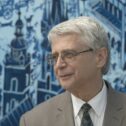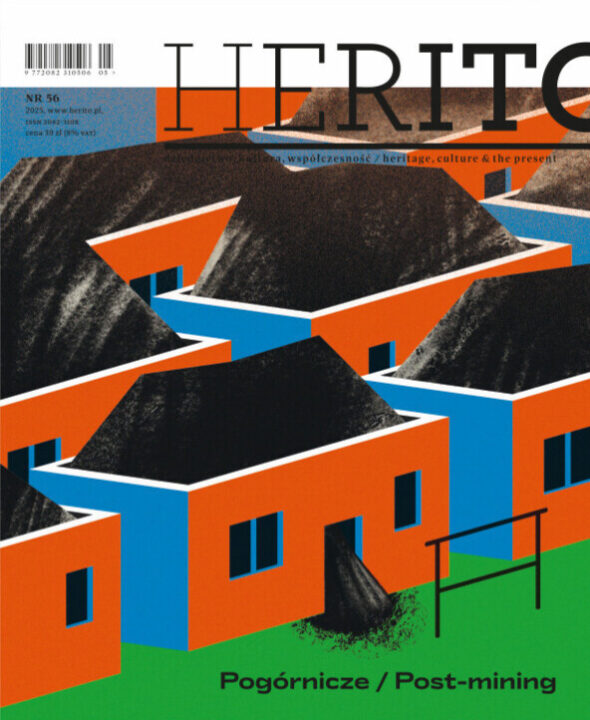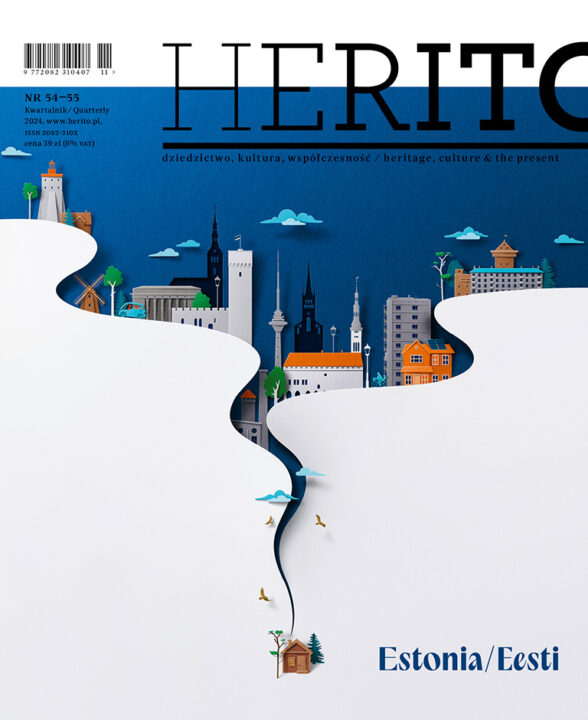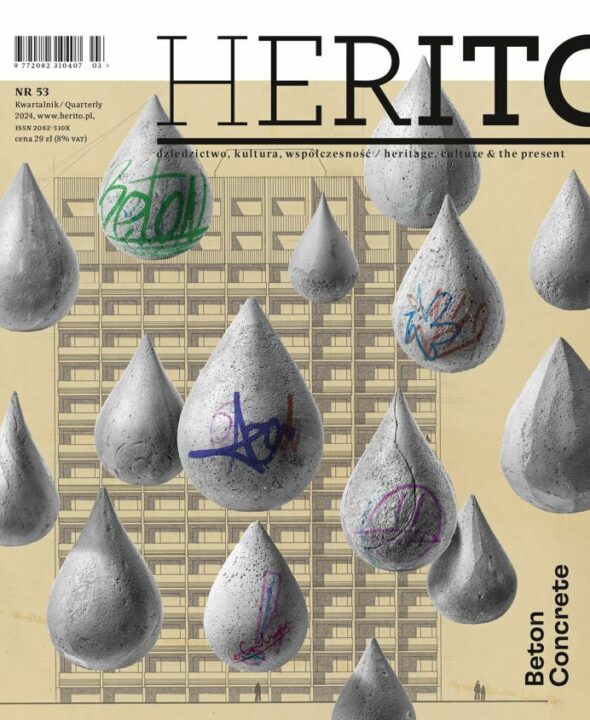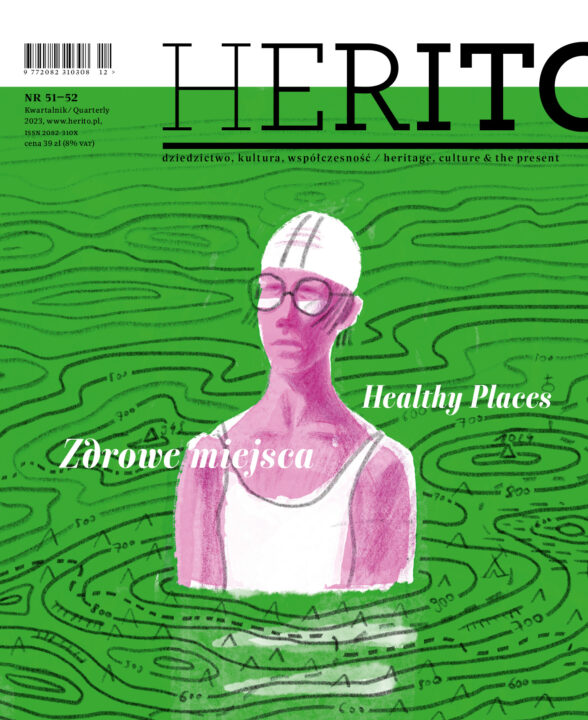Thinking the Landscape
“Landscape is more than painterly or visual effects,” Stanisław Vincenz wrote in 1943. “It is also the soil on which we walk and which we work, its undulation or flatness, its waters – seas, rivers or marshes – and even the air that we breathe.”Without man, without his presence, the world will not become a landscape, just as space itself is not place, but only becomes it through thought and spirit – i.e., understanding. It is understanding that transforms a space into a place, understanding that permits living, as Heidegger wrote. Landscape is a record of that transformation, of the process of bcoming at home in the world; a record that we have learned to “read”.
Alongside the conceptions of Vincenz and Heidegger, there are others equally worth recalling: Franz Hessel’s passion for loafing, Walter Benjamin’s arcades, Christian Norberg‑Schulz’s genius loci, David Lynch’s urban landscape and Gordon Cullen’s townscape movement. For it was these that paved the way for a new mode of thinking, which in the 1970s and 1980s precipitated the “cultural turn” in the humanities. And landscape was undoubtedly one of the phenomena which defined that turn and facilitated the meeting of a range of research perspectives.
Today, the list of fields that have turned their attention to landscape is a very long one: from geography, art history and photography, and aesthetics, through ecology, landscape architecture and cultural studies, to research into memory, cultural heritage, and even law and economics – which is proof of the success of the recently passed “Landscape Act”.
The landscape is the environment of the life and activity of humankind. It is also image, memory, and a way of seeing the world. It is material for art and the substance of memory. In this issue of Herito we want to show the variety of its manifestations and the diversity of considerations in researching it. For it is through thinking that we create landscape.
Copyright © Herito 2020

